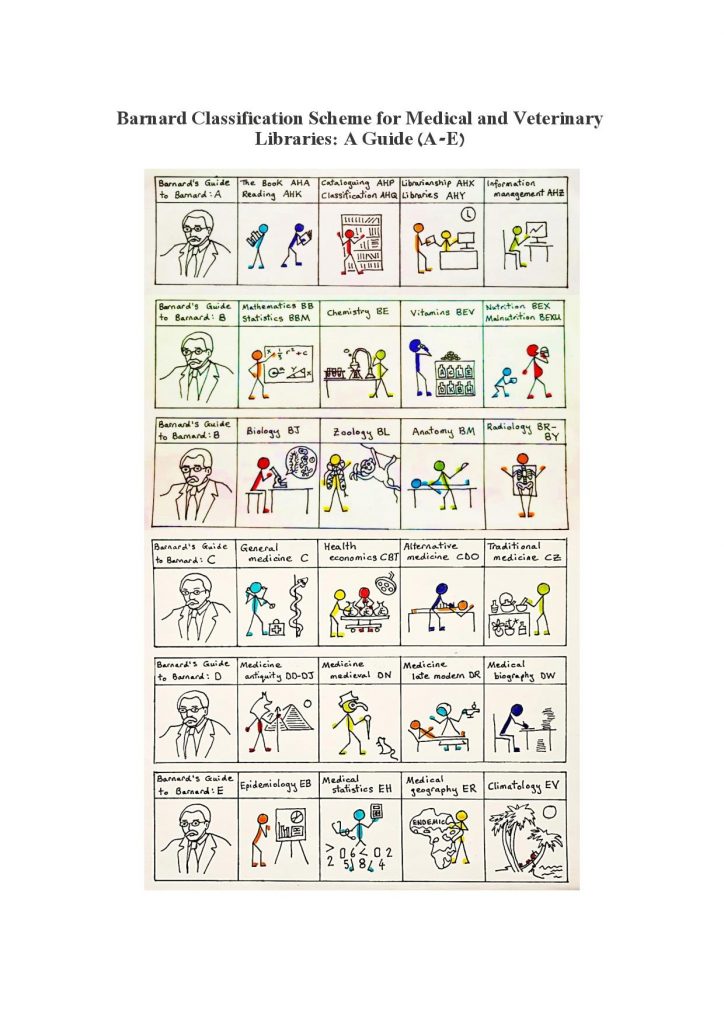In 1936, Cyril Cuthbert Barnard (1894-1959) published the first edition of his Classification for Medical and Veterinary Libraries. Barnard was the School’s first Librarian, in post between 1921-1959. In selecting resources it soon became apparent to Barnard that the classification schemes available at the time were not suitable for the specialist focus of the London School of Hygiene & Tropical Medicine. Barnard devised his own classification scheme focusing on tropical medicine and public health, revising it in 1955 to accommodate new and emerging subjects. The Library, together with other academic libraries and health organisations, has used the scheme ever since.
In 2019 the Library began a (somewhat overdue) project to revise and update the Barnard classification scheme. The scheme is used by the Collection Services Team in the Library to arrange books and resources into certain categories known as classes. The scheme is alphabetical, apart from an auxiliary schedule. Each term or subject within a class is given a unique term and notation. For example, Bacteriology is Class J, Virology is Class K, Parasitology is Class L, etc. In Class J, Tuberculosis is JC, in Class K HIV is KM, and in Class L Malaria is LF.
The Library is aiming to have the third edition of Barnard’s scheme ready for publication in 2021. Given the intervening years since the second edition, many revisions and additions have been necessary. It is also vital for the scheme to be flexible enough for future developments within subject and research areas, and to be adaptable for the needs of a C21st library.
However, there is also time for a more light-hearted look at the scheme. Over the next six or so weeks, the Library will post an alternative guide to the scheme. We hope it may provide a fun introduction or refresher to some of the classes and subjects of the scheme.





